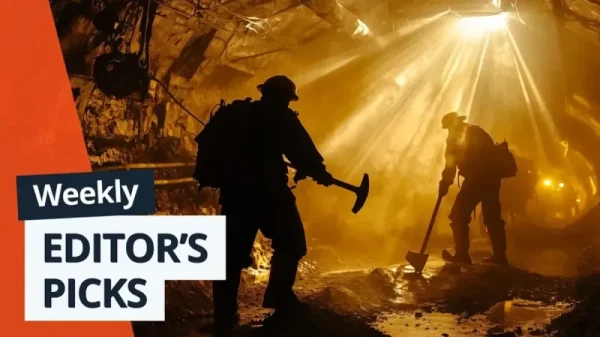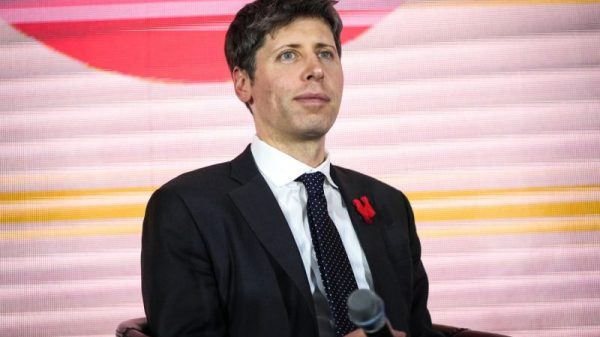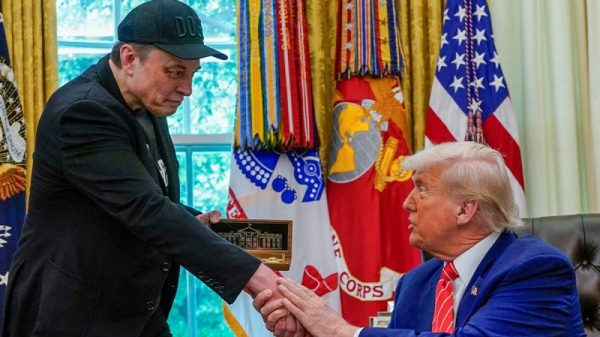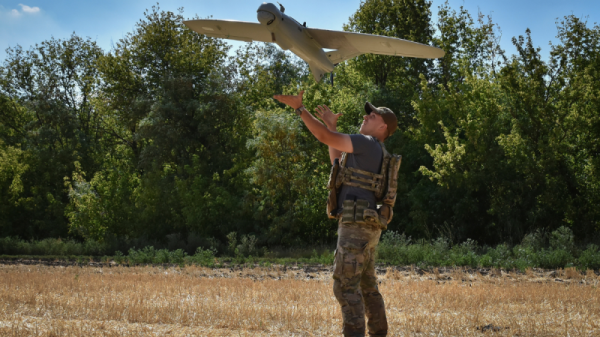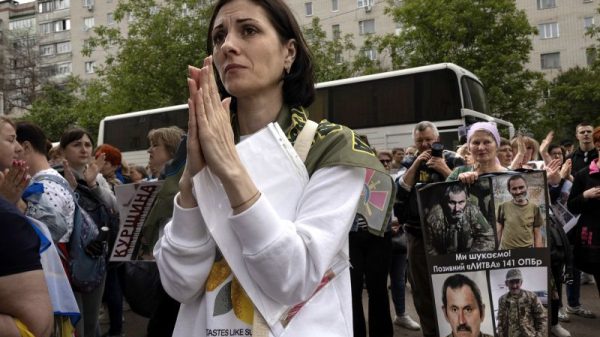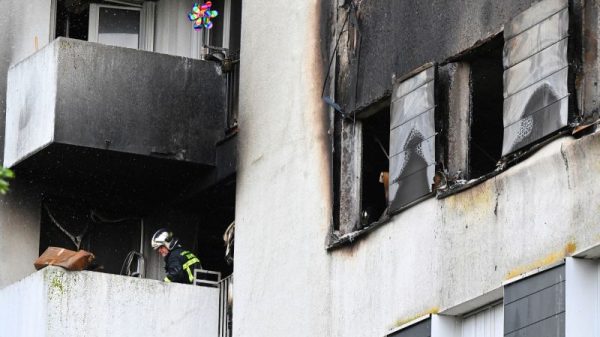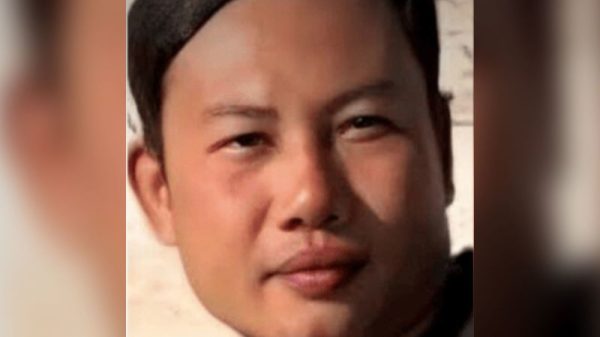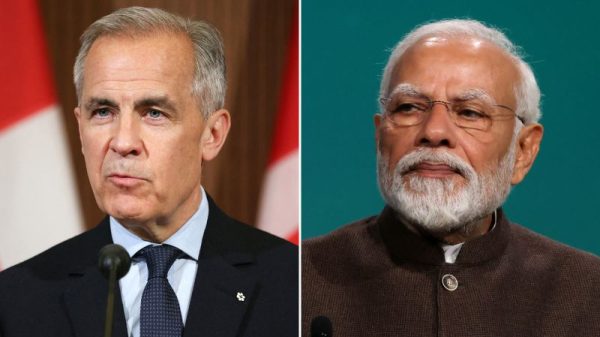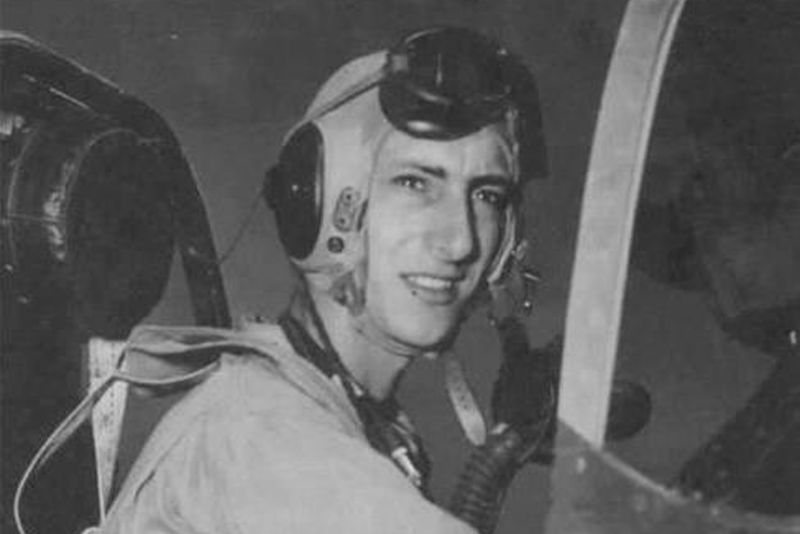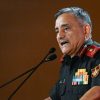Just as Emperor Hirohito was announcing Japan’s surrender, two US Army Air Corps P-51 fighters attacked a Tokyo airfield on August 15, 1945 during the last few hours of World War II.
Their strafing run on Japanese forces completed, the leader of the US mission, Capt. Jerry Yellin, and his wingman, 1st Lt. Philip Schlamberg, exchanged “thumbs up” signals and flew higher to avoid antiaircraft fire from below.
When Yellin topped the clouds, Schlamberg had disappeared. The young pilot would never be seen again.
US Defense Department records show 291,557 American deaths in World War II during nearly four years of involvement in the conflict.
More than three months after Nazi Germany surrendered to Allied forces – and thousands of miles from the former battlefields of Europe – Schlamberg, a 19-year-old Jewish honor student from Brooklyn, was the last American serviceman to die.
It was the US military’s final combat mission of the war. And eerily, it was a fate Schlamberg felt was coming.
The final mission
From Ukraine to the Middle East, Sudan to Myanmar, conflict is raging across the globe as many countries honor those who fought in wars on Armistice Day – Veterans’ Day in the United States.
Yellin and Schlamberg will be among those whose sacrifice is remembered on Saturday.
Back in 1945, they thought the war should have been over by August 15.
Six days earlier, a US B-29 bomber had dropped an atomic bomb on Nagasaki, Japan, just three days after detonating the first devastating weapon of its kind over Hiroshima. At least 100,000 people were killed in those atomic bombings, but Tokyo still did not capitulate.
“We had hoped that the second bomb on August 9 would end the war and that we would never have to fly another mission in combat,” Yellin wrote in a 2017 book, “The Last Fighter Pilot.”
But some in the Japanese military government wanted to fight until death – and its six leaders argued among themselves long into the night of August 14. Shortly before midnight, Hirohito recorded a speech that Japanese radio would play at noon the next day, saying the war was over.
By that time, Schlamberg, Yellin and other fighters from the Iwo Jima-based 78th Fighter Squadron were flying over Japan looking for “targets of opportunity” – essentially anything with military value that could be attacked from the air.
Just after noon on that August day, the American pilots dived on a Tokyo area airfield.
“We hit the field, and then climbed into a cloud embankment, with Phil flying tight in beside me,” Yellin wrote in the foreword to “The Last Fighter Pilot.”
“When I emerged from the clouds a few minutes later, Phil was gone. I would never see him again.”
As they flew that day, the US pilots listened for the word “Utah” to come over their radios. The codeword would indicate Japan had surrendered and hostilities could cease.
Some of the American warplanes flying over Japan on August 15 did hear “Utah” broadcast. Those in Yellin’s group didn’t.
According to Yellin’s account, the pilots in the 78th Fighter Squadron would only find out after they’d flown the three hours back to their airfield on Iwo Jima – way too late for Schlamberg to avoid his fate.
A premonition of death
Yellin, Schlamberg and the rest of the squadron had learned of their August 15 mission the night before at a briefing in a Quonset hut on Iwo Jima.
With no word of Japanese surrender, the American pilots had been ordered to keep up the pressure on Tokyo. The squadron would fly over the Japanese capital in the morning, the fliers were told.
According to the book, Schlamberg then leaned over and whispered to Yellin: “If I go on this mission, captain, I’m not coming back.”
Worried about how such a thought could affect Schlamberg’s confidence in combat, Yellin suggested he see the unit’s flight surgeon, who could order him not to fly that day.
But the 19-year-old would have none of it, according to Yellin’s account.
“I’m going to fly the mission,” Schlamberg said.
Who was Philip Schlamberg?
The youngest of 10 children of Jewish-Polish immigrants, the young flier was “the great hope of the Schlamberg Family,” his niece, Melanie Sloan, wrote in a foreword for “The Last Fighter Pilot.”
“They had a very tough life,” Sloan wrote, surviving on public assistance with Philip and his siblings illegally selling ice cream on Coney Island to help make ends meet.
Still, her uncle was a scholar, earning valedictorian honors at Abraham Lincoln High School, Sloan wrote.
In “The Last Fighter Pilot,” Yellin and main author Don Brown wrote that Schlamberg hoped to attend college, but didn’t have the finances.
“Though he’d been accepted to college, he had no money for tuition and books,” they wrote.
But Schlamberg’s smarts were unquestioned.
Sloan said that through a search of US military records she obtained under the Freedom of Information Act, she found that her uncle had the highest IQ ever recorded in Army Air Corps entrance exams.
“The Last Fighter Pilot” says when the service saw those scores, Schlamberg was offered his pick of jobs and chose to be a fighter pilot.
Hating Japan
It was Jerry Yellin’s choice to be a fighter pilot too.
In the 2021 documentary film about this life, “Jerry’s Last Mission,” he recalled the immediate aftermath of Japan’s 1941 attack on Pearl Harbor, Hawaii, that drew the United States into the war.
“I felt devastated, like everybody in this country. We all hated the whole country of Japan,” he said.
Thanks to a boyhood fascination with airplanes and pilots from World War I, he knew where he had to be in the conflict that the US military was entering.
“I had my mother and father sign the papers when I was 18 years old. I said, ‘I’m going to fly fighters against Japan,’” he said in the film.
The decision that he should fight in the Pacific rather than against Nazi Germany in Europe came despite the fact he was Jewish, and had felt the pain of anti-Semitism when his New Jersey home was vandalized with Nazi symbols in 1936.
Yellin was only two years older than Schlamberg, but in the war years, that was an eternity.
He began his training earlier and arrived before his wingman for combat on the island of Iwo Jima, still more than half occupied by Japanese troops when he landed his P-51 there on March 7, 1945.
Yellin recalled his first vivid memory of the island, the bodies of Japanese soldiers stacked in mounds off the airstrip and truckloads of dead US Marines nearby.
But what haunted him more, for years after the war ended, were the memories of his 16 Iwo Jima-based squadron mates who were killed in action, including Schlamberg.
“I knew it was OK for the Japanese to die, but I didn’t think it was OK for the American guys that I knew to die,” he said in “Jerry’s Last Mission.”
“I almost felt unworthy of being alive, because these guys died,” he said. “I lived and they died, and I couldn’t figure out why.”
The death of Schlamberg, Yellin’s wingman on his 19th wartime engagement and the final combat mission of nearly four years of conflict, was particularly hard for the US captain.
In a 2020 story on the New Jersey website Montclair Local, Yellin’s son Michael told of his father’s pain when the pilot took his wingman’s belongings to Schlamberg’s mother in Brooklyn.
“She told my father, ‘It should have been you who died, instead of my son.’ He understood, but it scarred him for the rest of his life,” Michael Yellin said.
A healing – with family
“When I came home from the war, I was not a decent human being. I was a killer,” Yellin said in the movie.
But two members of his family changed Yellin’s life.
His wife, Helene, pushed him to travel to Japan in 1983, he said in the film. During that trip, he saw Japanese war veterans up close and felt a kinship, he said.
Meanwhile, Helene fell in love with the country her husband had once hated. And she said Japan seemed the kind of place that their son Robert would like. So prodded, Yellin later encouraged Robert to go on a short homestay program there.
Robert accepted and never looked back, eventually marrying a Japanese woman and starting a family with her.
And the father of his new daughter-in-law was a former fighter pilot too. Taro Yamakawa trained to fly Zero fighters as a kamikaze pilot, but was never assigned a final mission, according to Yellin.
Yamakawa told him, “Any man that could fly a P-51 against the Japanese and live must be a brave man, and I want the blood of that man to flow through the veins of my grandchildren,” Yellin said.
There would be three of those grandchildren, and with them, hatred was replaced by love.
“I was a happy guy, killing people, killing my enemy – then – and now they’re my family,” he says in the film as he rides a bullet train through the Japanese countryside.
“This is home to me. This is a much a home to me as America, because my family lives here.”
Fitting endings
Yellin died in December 2017, shortly after “The Last Fighter Pilot” was published.
A US Air Force obituary, published when Yellin was laid to rest with full military honors at Arlington National Cemetery in Virginia in 2019, noted his postwar struggles.
“Although his flying career was short, he witnessed more turmoil than any human being should ever have to witness,” the obituary said. “Yellin was discharged in December 1945 and suffered from post-traumatic stress disorder, before it was recognized as such.”
Yellin’s ashes are interred in a columbarium in Arlington.
Schlamberg is remembered with an inscription on a stone tablet at the Courts of the Missing at the National Memorial Cemetery of the Pacific in Hawaii. No trace of him or his P-51 have ever been found.
In the foreword to “The Last Fighter Pilot,” Yellin recounted how World War II’s end was fitting for the times.
“With the news emerging in 1945 of the Nazi atrocities against Jews half a world away, how ironic that the war’s final mission would be flown by a couple of Jewish pilots from New York and New Jersey,” it says.
“And that the final combat life in the defense of freedom would be laid down by a teenage Jewish fighter pilot who had not yet learned to even drive a car.”


